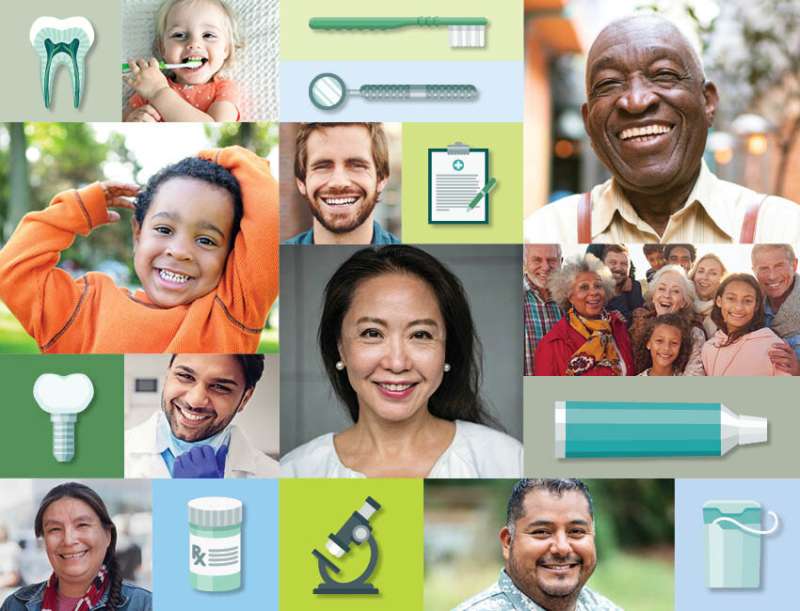
Americans’ oral health has improved over the last two decades, but disparities in oral health have stubbornly persisted and pose a major global public health threat, write National Institute of Dental and Craniofacial Research (NIDCR) Director Rena N. D’Souza, D.D.S., Ph.D., Science Advisor to the President and former National Institutes of Health Director Francis S. Collins, M.D., Ph.D., and U.S. Surgeon General Vivek H. Murthy, M.D., M.B.A., in a new perspective published in The New England Journal of Medicine.
Oral health is intrinsic to overall health and well-being, yet nearly half of adults over age 30 have periodontal (gum) disease, and 90% have caries, or tooth decay, according to the Centers for Disease Control and Prevention. These and other oral diseases disproportionately burden people who are from marginalized and underserved groups.
Drawing on findings and recommendations from NIH’s comprehensive report on the nation’s oral health, Oral Health in America: Advances and Challenges, the authors write that equalizing oral health and access to care will require research and policy initiatives that make oral health care more affordable, accessible, and responsive to communities.
The COVID-19 pandemic, which has disproportionately impacted the same groups that experience oral health inequities, highlights the effects of social and systemic factors on health and well-being, as well as the interconnectedness of overall health, mental health, and oral health, write the authors. Patients who lack access to dental care and seek treatment for dental problems in hospital emergency departments are commonly prescribed opioids. Misuse of and addiction to opioids and other substances, which have been exacerbated by the pandemic, threaten oral health. In a similar vein, people with certain mental illnesses have particularly high rates of oral disease. Fully addressing oral health disparities will require research on the environmental, psychosocial, and behavioral factors at the intersection of oral and mental health.
Source: Read Full Article
